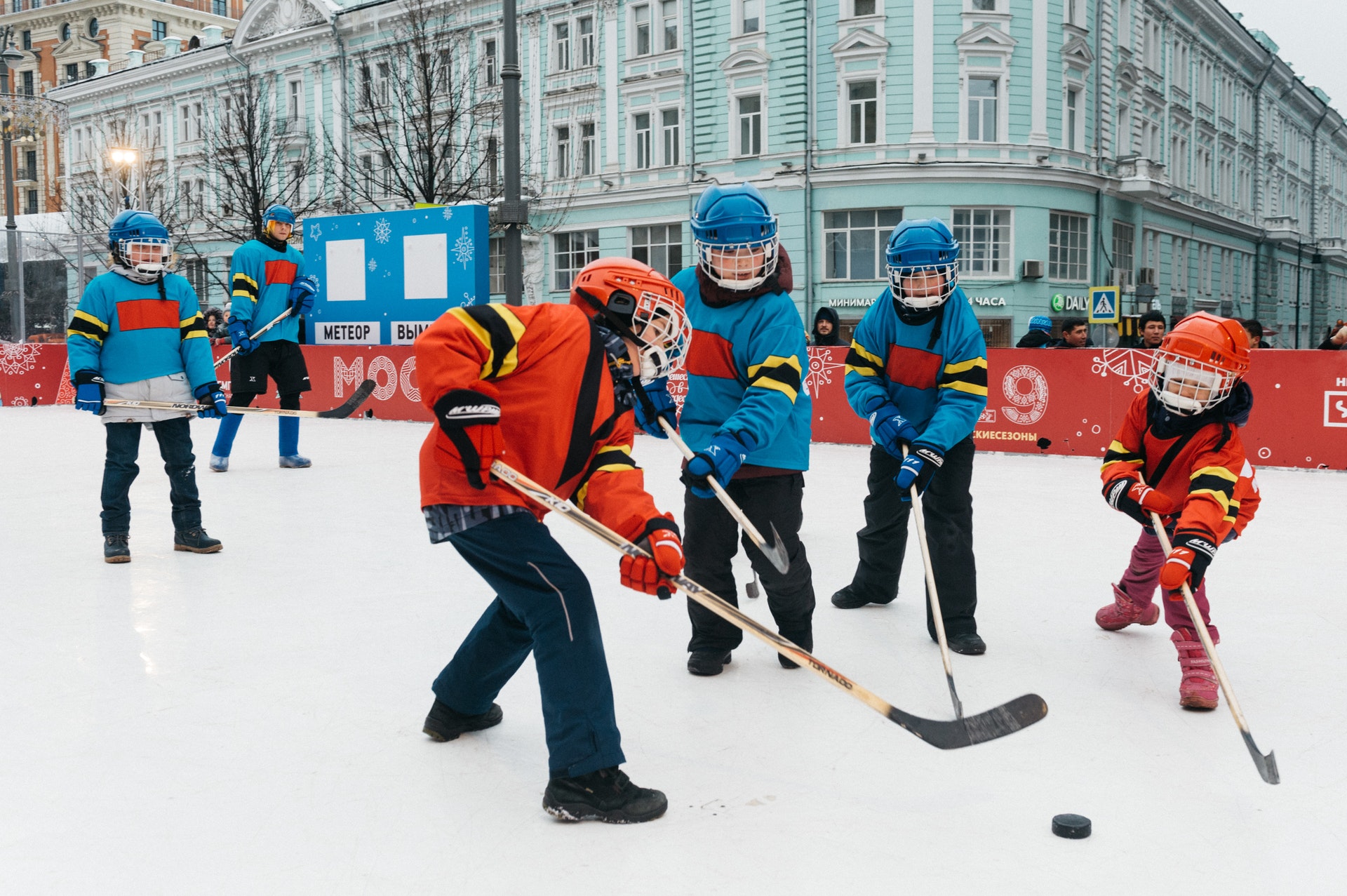When it comes to winter sports, many consider “Canada” and “hockey” to be virtually synonymous. The beloved Montreal Canadiens and Toronto Maple Leafs National Hockey League franchises continue to stir the passions of millions of fans across the country, while statues pay tribute to legendary players such as “Les Habs’” Maurice “Rocket” Richard. Though professional hockey in British Columbia has perhaps not achieved quite the same status as it holds in the eastern provinces, the game is still an important part of winter life in B.C. The British Columbia Hockey Association was founded in 1919 in Vancouver, only two years after the original NHL.
Youth Participation
While such respected publications as Forbes Magazine have reported on the decline in popularity of Canadian youth hockey, thousands of aspiring NHL-ers still play at the minor and junior levels each season. Ice hockey is and probably always will be a physical sport in which players encounter some risk of bumps and bruises. By taking some basic precautions, however, parents and guardians can reduce the risk of more serious harm.
Body Checking and Concussions
Perhaps in part as a result of efforts to increase public awareness of the dangers of concussions, the link between body checking and concussions among youth players has been the focus of significant research in recent years. At its annual meeting in 2013, Canada’s amateur hockey governing by banning the practice of body checking, Hockey Canada, raised the minimum age at which body checking is permissible, by banning the practice among peewee (11- and 12-year-old) players. Although governing body declined to extend the ban to older players, it also formed a working group charged peewee level a progressive program for teaching safe checking skills.
Results released in 2017 of a subsequent study by the University of Calgary were dramatic. According to that study, the 2013 rule change was responsible for a 64 percent reduction in concussions and a 50 percent decline in overall injuries among peewee players.
Get a Physical Exam
Even if you have one of those kids who could almost skate before he could walk, before he ever laces on hockey skates a new player should have a thorough physical examination for any conditions that may affect or limit his ability to participate in competitive hockey.
The Right Equipment
There’s no question that ice hockey requires lots of equipment, and that regularly replacing skates, pads and other gear as a player grows strains many family budgets. But avoiding the temptation to buy poor quality, damaged or ill-fitting equipment can pay off in ways money can’t buy when a properly-fitted helmet or pad prevents a serious injury.
Be sure that your young player has all necessary safety gear, including safety goggles and a custom-fitted mouth guard, and that he understands the importance of wearing all such items whenever he’s on the ice, not just during games. Be sure your child’s coach enforces this rule at practices or other times when you are not around.
Get (and Stay) in Condition
A well-conditioned athlete is less likely to suffer a serious injury. Even if your young player doesn’t skate year-round, he should develop and sustainable training regimen designed to improve balance, strength and flexibility. Work with your son or daughter’s coach or a qualified youth fitness instructor to develop a program. In addition, young players can be both challenged and supported by others when they train with teammates or other peer groups.
Remember That It’s Cold Out (or Even In) There
This seems fundamental in a sport played on ice, but the risk of both hypothermia and frostbite are sometimes overlooked. The risks naturally increase when playing outdoors, but both afflictions can occur indoors as well. Be sure your child can recognize symptoms in him or herself as well as in teammates.
Compensation for individuals injured playing hockey
The personal injury lawyers at Diamond and Diamond know personal injury law in British Columbia. Injured players might be entitle to compensation if the injury was caused by the negligence of another person. Call our 24/7 personal injury hotline at 1-800-567-HURT or visit our website to speak to one of our team members. We have offices located throughout British Columbia and offer free consultations and case evaluations.
